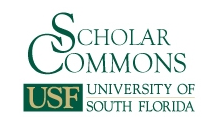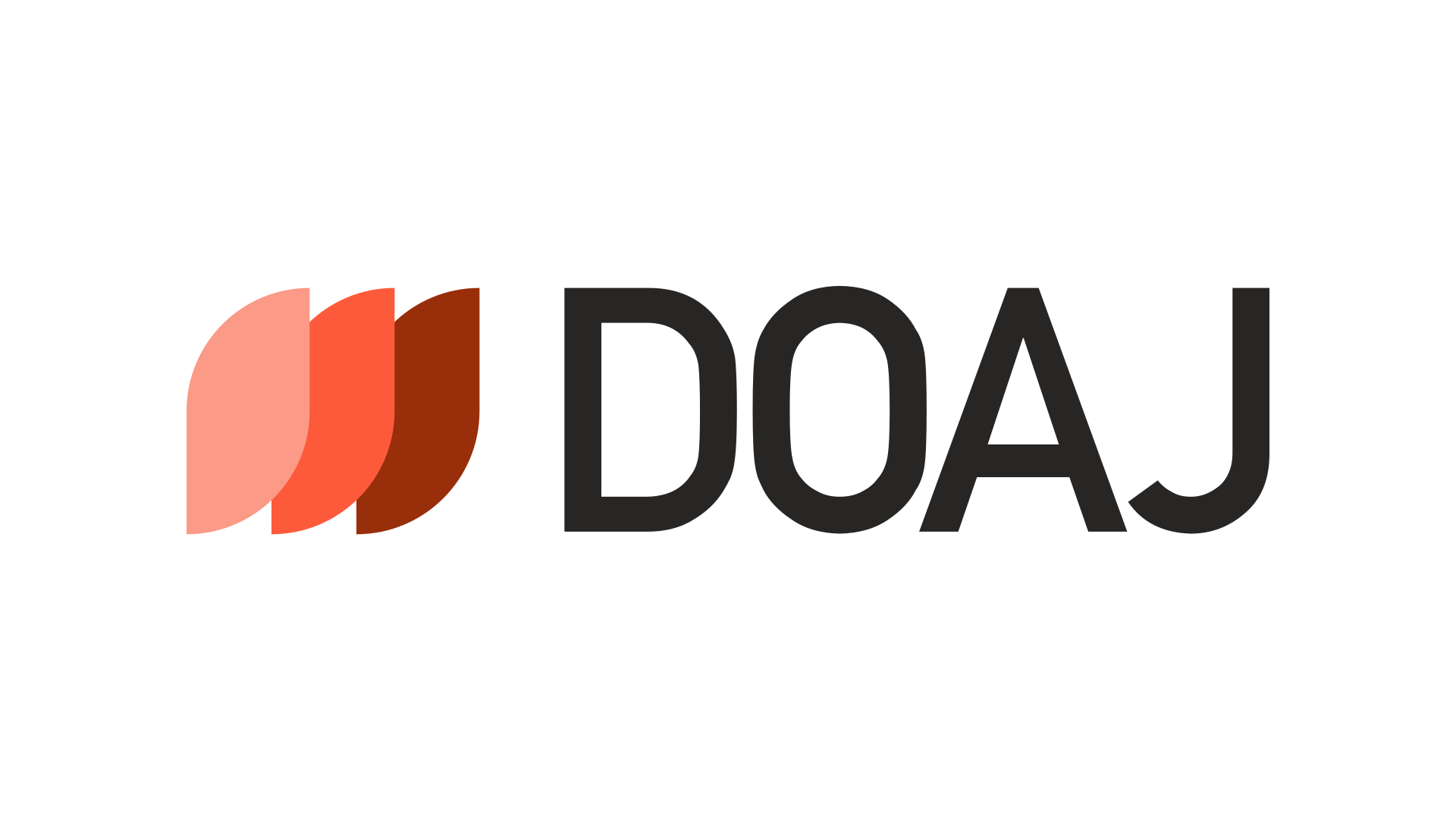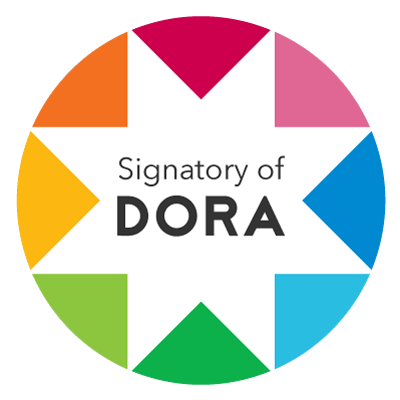Abstract
Historical and contemporary cases of collective violence show an incremental use of photography and film to capture and disseminate violent acts. Recording cruelty during conflict seems to be a highly ritualised practice that urges the question what communicative and psychological functions these acts have? Why and how does perpetrator photography shape a binding moral world that divides 'us' versus 'them'? These visualising acts are commonly seen as proof of power that desensitises the perpetrators and dehumanises the victims. This contribution focuses on the imagery of the Holocaust, looks into the functions that capturing and sharing cruelty has on the evolution of aggression (behavior, cognition and arousal) and connects with some insights from the field of social (neuro-)science what the effects are on perpetration. The camera as a crucial weapon for a divided world.
DOI
https://doi.org/10.5038/1911-9933.12.2.1526
Recommended Citation
Busch, Christophe
(2018)
"Bonding Images: Photography and Film as Acts of Perpetration,"
Genocide Studies and Prevention: An International Journal:
Vol. 12:
Iss.
2:
54-83.
DOI:
https://doi.org/10.5038/1911-9933.12.2.1526
Available at: https://digitalcommons.usf.edu/gsp/vol12/iss2/6
Creative Commons License

This work is licensed under a Creative Commons Attribution-Noncommercial 4.0 License
Included in
Criminology Commons, European History Commons, Military History Commons, Other Film and Media Studies Commons, Photography Commons, Political History Commons, Social History Commons, Social Psychology Commons, Social Psychology and Interaction Commons, Visual Studies Commons



